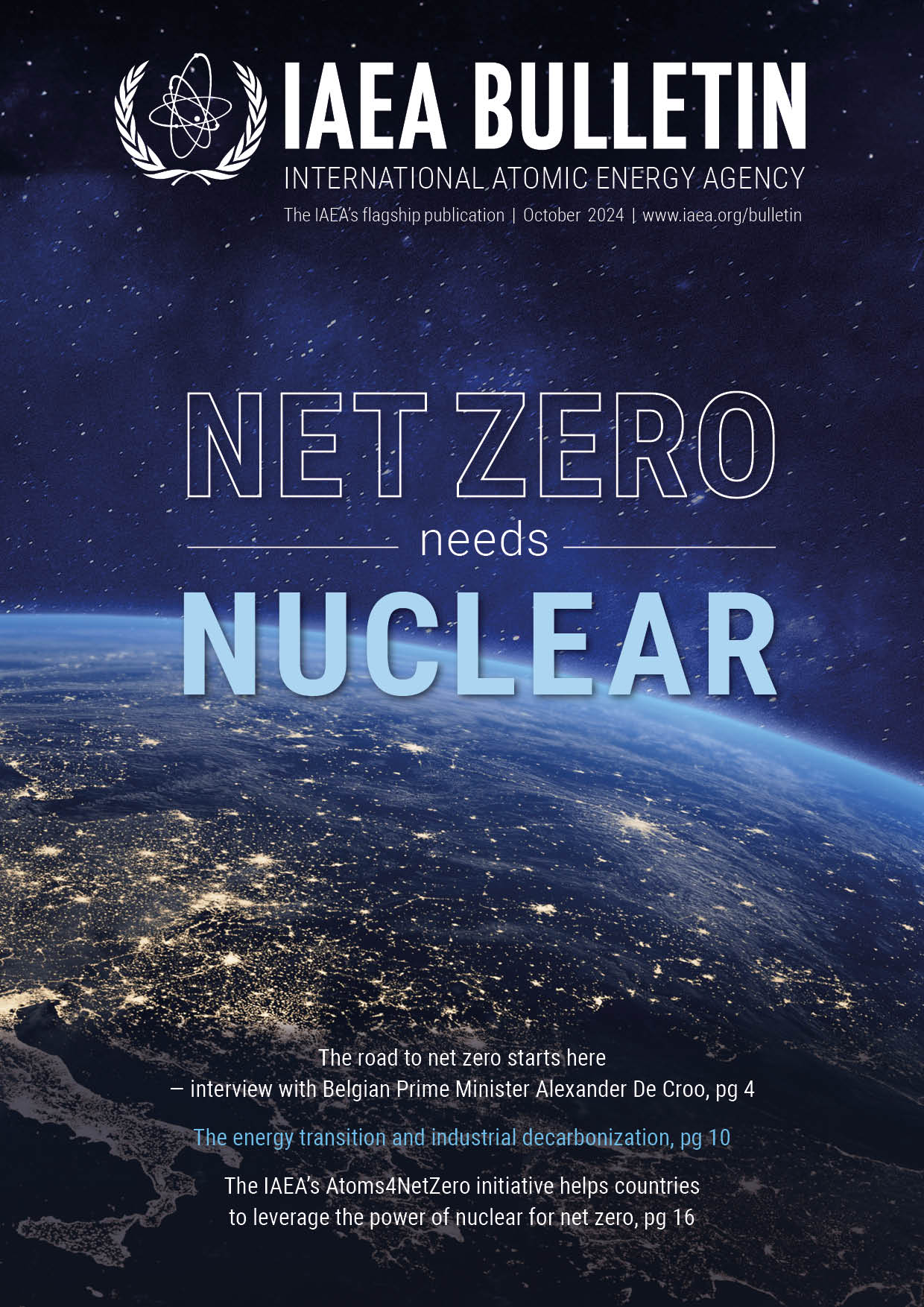Scaling up nuclear power to the level needed to achieve net zero is a significant and multifaceted undertaking, and while many reactor types may play a role, large reactors are set to lead the way. Large water cooled reactors were central to the rise of the nuclear industry in the 20th century, and the advanced reactors planned or under construction today, many of which are in the 1–1.7 gigawatts (electrical) (GW(e)) range, are poised to provide the bulk of new nuclear capacity.
“For countries already operating nuclear power plants, large light water reactors, rather than small modular reactors (SMRs), will drive the increase in nuclear capacity,” says Aline des Cloizeaux, Director of the IAEA’s Division of Nuclear Power. “Large reactors are a proven technology that can economically provide a large and reliable baseload of energy. But we do expect countries and industries to tap into the potential of SMRs as well.”
Nuclear power must be expanded to meet the world’s net zero goals — that was the clarion call issued by IAEA Director General Rafael Mariano Grossi last December at the 28th session of the Conference of the Parties to the United Nations Framework Convention on Climate Change (COP28), in a statement supported by dozens of countries. This position was affirmed by the inclusion of nuclear power in the Global Stocktake for the first time in the Conference’s almost 30-year history.
In a high case scenario, the IAEA’s projection is that nuclear energy capacity will more than double by 2050, from 371 GW(e) in 2022 to 890 GW(e) by 2050, with only around 10% of this increase expected to come from SMR deployments. Hitting this mark means adding at least 20 GW(e) per year. “The high case projection is ambitious but technically feasible,” says Henri Paillere, Head of the IAEA’s Planning and Economic Studies Section.
Smaller reactors like SMRs and microreactors may be particularly suitable for providing power to industrial end users and remote communities with smaller electric grids, and for powering non-electric applications such as hydrogen production and seawater desalination. However, SMRs will need demonstration before their broader deployment; larger reactors will continue to dominate the nuclear power landscape in the years to come.
Almost all of the 58 nuclear reactors currently under construction are large reactors, and expansion plans in nuclear power operating countries and newcomer countries alike are mostly centred around reactors with 1 GW or more of capacity, although many of these countries are eyeing eventual SMR deployment as well. Poland, a newcomer aiming to add nuclear by the mid-2030s, plans to deploy 6–9 GW(e) of generating capacity with large nuclear power reactors. China, which currently operates 55 reactors, expects to expand its nuclear power capacity eightfold to around 400 GW by 2060, mainly through the deployment of large reactors.

